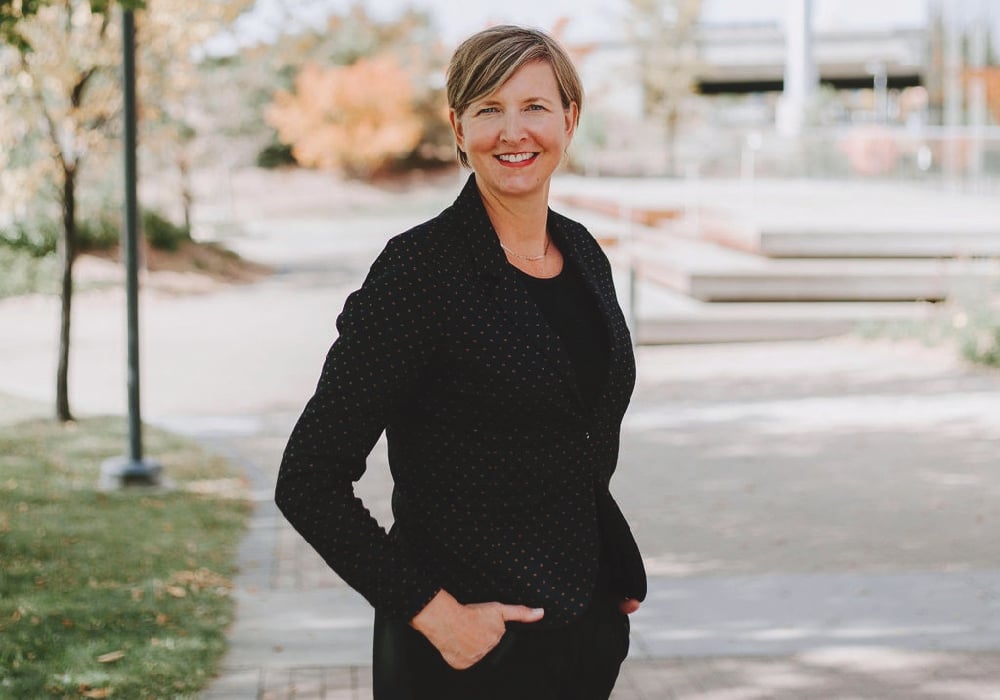Agricultural boards are under pressure. They can no longer do business the way they always used to, says Rob Black, chief executive officer at the Rural Ontario Institute, a charitable organization in Guelph, Ont. that helps build leadership skills.
This time, though, the pressure is coming from their farmers, and especially from the farmers they want to attract as board members.
Those farmers are different than they used to be. They’re insisting that their time be respected, for one thing, and perhaps even more importantly, they also have a new and growing sense of how much can be achieved by a good board. In other words, today’s farmers have less and less patience for simply maintaining the status quo.
Read Also

Employment Agreements Can Help Protect Your Farm
Entering into employment agreements with each of your farm employees should be at the top of every farm’s “to do” list, but caution must be exercised.
But there’s another side to consider too, because the available pool is shrinking. Farmers are busier and the younger generation does not seem to be “picking up the mantle,” says David Hartley, a Toronto consultant who has worked extensively with boards.
Farm organizations have been responding to this shift by creating their own leadership training programs. Working with Black, for instance, Beef Farmers of Ontario (BFO) started offering a multi-day leadership training program five years ago.
“We found fewer people were stepping up to participate in boards at the county, provincial and national levels,” explains David Stewart, BFO general manager.
Beef Farmers of Ontario brought in professional facilitators to do governance training, covering the roles and responsibilities of board members, reading financial reports, communication, understanding leadership styles, and strategic planning.
Called BUILD Leadership, the program was open to anyone in the industry who might have an interest in serving on a board someday, and Stewart says it was meant to give young people the skills and confidence to come forward to serve on boards at all levels.
And it worked, he says. “People weren’t feeling equipped to put their names forward. The training helps people to know what’s expected of them.” As a result, he says they’ve seen a very noticeable increase in the number of people who are running for boards.
The benefits go beyond the beef industry, Stewart believes. These skills are useful for any board that a person might be involved on, even non-farm boards such as the local soccer or hockey association.
Four organizations in the Ontario dairy sector came together to offer a similar training program to anyone in the dairy industry who might be interested in serving on a board in the future. CanWest DHI, EastGen, Dairy Farmers of Ontario and Holstein Canada, with funding from the Agricultural Adaptation Council, have created a pool of about 70 people who have undergone the Future Leaders Development Program in the past two years.
“As the industry shrinks, decisions become increasingly important so it’s even more important to have the right people on boards and to have them well trained,” explains Neil Petreny, general manager of CanWest DHI, one of the driving forces behind the program. “A good board can attract good people,” says Petreny. “Likewise, a bad board can repel people.”
A similar leadership development program is now being offered by Alberta Milk, the non-profit organization that represents Alberta’s dairy farmers.
Director training helps boards tackle the issues that can leave a board foundering. Often, for instance, a lack of clarity around roles and responsibilities crops up, says Hartley. What is the board’s mission? What is the role of the board versus the role of the executive director? Some boards are too involved while others are simply rubber stamps, says Hartley, who is fond of saying that “boards need to keep their noses in and their fingers out.”
Many boards also struggle with getting everyone pulling together and speaking with one voice to give direction to the staff, says Mary Lynn McPherson, a consultant with Strive, a Guelph company that supports leaders to achieve high performance.
Farmers are independent thinkers but they don’t all think alike, McPherson says. Board members need to be curious, diplomatic, and skilled communicators so they come to agreement without simply opting for the lowest common denominator, she says.
Sometimes the formal language of the agenda and minutes can also be a turnoff to would-be board members. Hartley recommends streamlining the minutes and the agenda. Unless there has been a motion, one sentence is all that’s needed to describe the discussion. Agendas should focus on the most important matters to be discussed. Topics should be framed as questions so board members will be prodded to think about them before coming to the meeting.
The expectations placed on Canada’s ag and rural organization boards are increasingly demanding. However, organizations that invest in leadership training for their board members are seeing a payoff, says McPherson.
Board members need a broad base of skills, plus the opportunity to put them to good use. “Boards need to be more proactive and less reactive, more intentional and less passive,” McPherson says. “The board must balance protecting with directing.”
Resources
- Imagine Canada is a non-profit that provides programs and resources that help strengthen charities and their operations.
- NonProfit Help, David Hartley’s consulting company, has links to Canadian sources of information on risk management, insurance, strategic planning and Best Board Practices.
Should you say ‘yes’ to a directorship?
Always, says board consultant David Hartley, ask yourself if you are passionate about the organization’s mission.
Will you be willing to give of your time to work on task forces and committees?
Do you even have the time? With everyone so busy, burnout is a real problem, says Hartley.
Mary Lynn McPherson says some boards are more strategic in their operations, while others are working boards. Are you someone who
prefers to think about long-term planning, or are you a ‘doer?’
What kind of board is it? Is it a good fit for your preferred style?
Ask for the orientation package ahead of attending a meeting, advises McPherson. Get the terms of reference and a year’s worth of minutes and financial reports. Is there someone on the board who can act as your mentor and answer your questions?
To get a feel for the culture and dynamics of the board, Hartley recommends attending a meeting. Is it a one-person show? Is it a toxic environment? Talk to people in the parking lot afterwards, he suggests.
Hartley says the best boards have a diverse membership. Do the board members have different backgrounds and different skill sets? Do you have something unique to offer?
Then when you do sign up and attend a meeting, show up prepared, says McPherson. Treat everyone with respect and kindness, and leave personal agendas at home.
The Gay Lea example
For the past 10 years, Gay Lea Foods, a dairy co-op with 1,200 farmer members, has invested heavily in their leadership development. It offers four types of training:
- For those who may be interested in becoming one of their 60 delegates (15 from each of four areas) they offer a six-module Foundation Program to improve capabilities in financial analysis, communications, governance and strategic planning.
- For young people aged 20 to 35, Gay Lea offers the Co-operative Leadership Program, a one- or two-day skills-development program.
- Advanced Leadership Development provides intensive training for delegates and directors using case studies representative of situations a dairy co-op may face.
- Board members sit down with the chair annually to discuss their Individual Development Plan.
Board chair Steve Dolson says they have seen their investment in leadership development pay off. Many people are vying for the delegate and director positions and when someone does join the board “they are ready to go Day 1” instead of waiting and watching for a year before contributing.
















